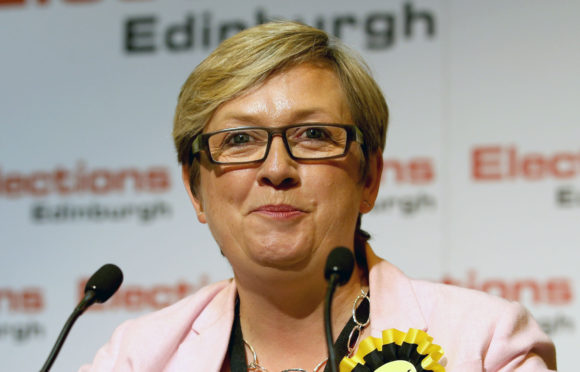
Looking at what is going on within the SNP right now, it would be easy to dismiss it as navel-gazing inside the political bubble.
But when internal party politics, albeit sometimes petty, spill onto the public stage then the dangers to a government with a reputation built on a discipline of steel are obvious.
And the question left hanging is whether the leadership remains in control.
So, where to start? Sitting behind the social media ping-pong that has seen torrid accusations of workplace bullying against a sitting MP, Joanna Cherry, countered with her claims of conspiracy and smear, is a complex mix of issues, some big, some small, and all of it overshadowed by the smoking volcano that is Alex Salmond’s looming trial.
And, while recent party division over currency and, more particularly, the transgender debate are in themselves small beer, they have helped bring a simmering discontent to the surface.
However, leaked emails, party conference protests and vitriolic campaigns of abuse that have polarised what should be a nuanced debate about sex and gender into a “them and us”, has also exposed the party to the potentially more damaging accusation of virtue signalling when it should be getting on with the day job.
The rows may have exposed a nuanced difference in ideological approach to equality but they have also shone a light on the resurgence of that age-old fundamental split in the SNP – between those that want indy now, like Cherry, and those, like the current FM, side with the gradualists.
And there is also a new front in the internecine combat, Salmond versus Sturgeon. While it is hard to believe the former FM – currently facing charges of attempted rape, sexual assault and breach of the peace – could be in any way pulling strings or orchestrating a coup of a party that he no longer even belongs to, such is the febrile nature of the current chatter that outlandish theories are being expounded and examined.
One is that he and Cherry are preparing to take over from Sturgeon, another is that they plan to form their own independence party and take support from the SNP.
The rumours may be far-fetched but have gained traction in this angsty, febrile atmosphere and, with Salmond’s court case due later this year, a trial with potential ramifications capable of razing careers, parties and movements, no theory is currently out of bounds.
It is perhaps no coincidence, then, that Cherry is also an ally of the former first minister. She was one of the chosen few, mainly women, who found their political voice through the Women for Independence movement, and who were invited by Salmond to Bute House dinners where they were anointed by him as the future.
And it is that sense of baked-in entitlement that is important for where we are now, because the SNP is not like any other political party – it is a cause, a hybrid creature with a span of political views bonded by that one thing, independence.
Introduce entitlement and personal ambition and the focus shifts. The SNP might not think it is like any other party, but right now, it is looking that way.

Enjoy the convenience of having The Sunday Post delivered as a digital ePaper straight to your smartphone, tablet or computer.
Subscribe for only £5.49 a month and enjoy all the benefits of the printed paper as a digital replica.
Subscribe